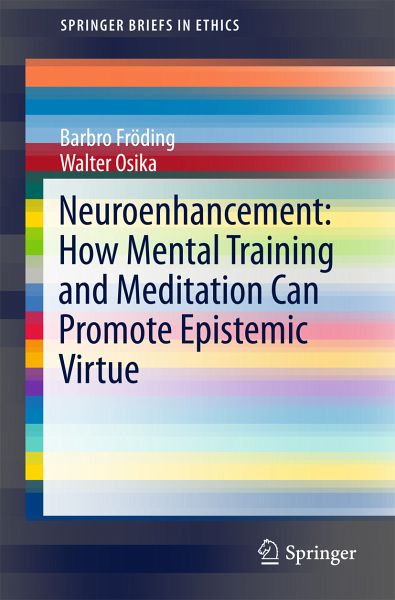
Neuroenhancement: how mental training and meditation can promote epistemic virtue. (eBook, PDF)
Versandkostenfrei!
Sofort per Download lieferbar
40,95 €
inkl. MwSt.
Weitere Ausgaben:

PAYBACK Punkte
20 °P sammeln!
This book explores how one can bring about changes in the brain through meditation, both through attention-focus training and through compassion training. Recent findings in the natural sciences have confirmed that it is possible for humans to achieve these structural and functional changes through various life-style practices. It is argued that meditation enables us to influence some aspects of our biological make-up and, for example, could boost our cognitive flexibility as well as our ability to act compassionate. Such changes are likely to facilitate the instilling of a number of epistemic...
This book explores how one can bring about changes in the brain through meditation, both through attention-focus training and through compassion training. Recent findings in the natural sciences have confirmed that it is possible for humans to achieve these structural and functional changes through various life-style practices. It is argued that meditation enables us to influence some aspects of our biological make-up and, for example, could boost our cognitive flexibility as well as our ability to act compassionate. Such changes are likely to facilitate the instilling of a number of epistemic virtues which have great bearing on our quality of life. This book offers the reader an accessible introduction to a set of neuro-enhancement methods, with a special focus on meditation techniques, and explores how such practices could contribute to make us better decision-makers and improve our moral virtues. The book is suitable for anyone looking for a text discussing the effects of neuro-enhancement from a secular ethics perspective.
Dieser Download kann aus rechtlichen Gründen nur mit Rechnungsadresse in A, B, BG, CY, CZ, D, DK, EW, E, FIN, F, GR, HR, H, IRL, I, LT, L, LR, M, NL, PL, P, R, S, SLO, SK ausgeliefert werden.












